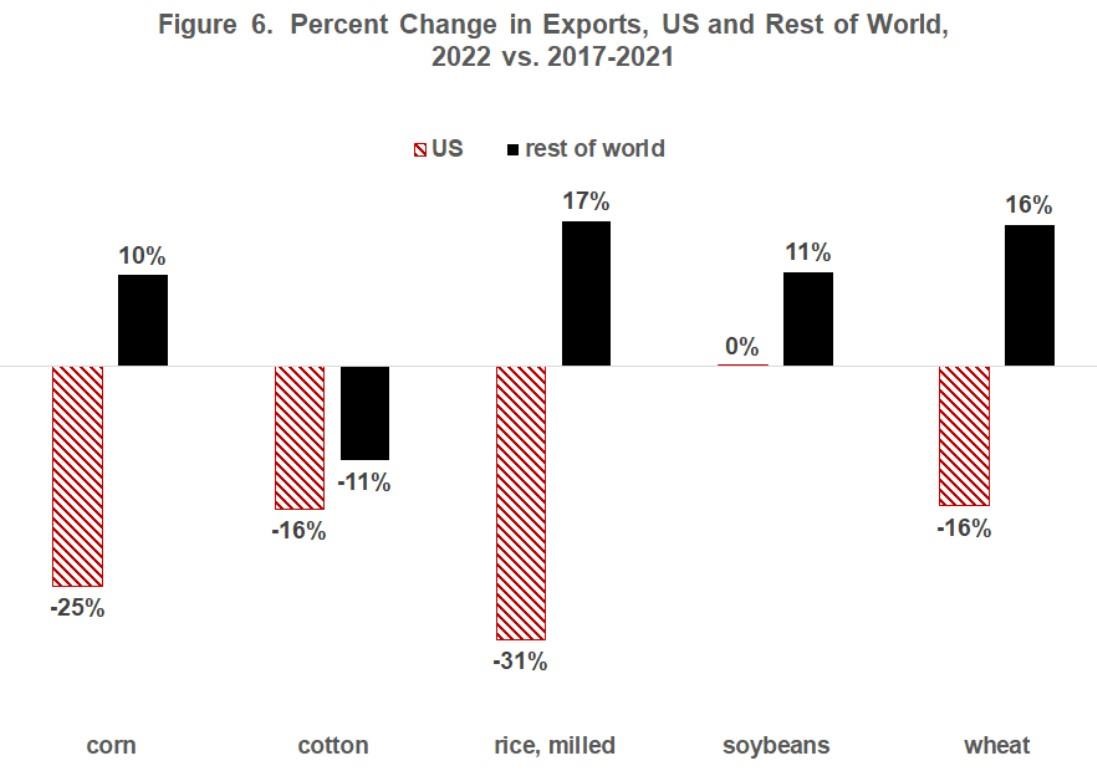The U.S. Department of Agriculture’s Animal and Plant Health Inspection Service is considering requiring electronic identification for interstate movement of certain cattle and bison. APHIS is also proposing to revise and clarify record requirements.
The agency already requires official ear tags to be visually readable. On Jan. 19, APHIS published proposed regulations that add radio-frequency identification as a requirement for ear tags, which would go in effect in mid-July.
According to the agency, the changes to regulations on animal disease traceability would strengthen the nation’s ability to quickly respond to animal disease outbreaks.

Bison graze in Antelope Island State Park in Utah. The U.S. Department of Agriculture is accepting comments through March 22 on the document “Use of Electronic Identification Eartags as Official Identification in Cattle and Bison.”
“Rapid traceability in a disease outbreak could help ranchers and farmers get back to selling their products more quickly; limit how long farms are quarantined; and keep more animals from getting sick,” according to the announcement.
The USDA will be accepting comments through March 22 on the document “Use of Electronic Identification Eartags as Official Identification in Cattle and Bison.” APHIS will publish a final version of the document on its website.
In January 2013, the USDA published a final rule titled “Traceability for Livestock Moving Interstate,” which established requirements for the official identification of livestock and documentation for certain interstate movements of livestock.
Specifically, unless exempted, livestock belonging to species covered by the regulations that are moved interstate must be officially identified and be accompanied by an interstate certificate of veterinary inspection or other movement document.
The rule covers cattle and bison, horses and other equine species, poultry, sheep and goats, swine, and captive cervids.
In 2018, the USDA established four overarching goals to increase traceability. They are as follows:
- Advance the electronic sharing of data among federal and state animal health officials, veterinarians, and industry, including sharing basic traceability data with the federal repository on animal health events.
- Use electronic identification tags for animals requiring individual identification to make the transmission of data more efficient.
- Enhance the ability to track animals from birth to slaughter through a system that allows tracking data points to be connected.
- Elevate the discussion with states and industry to work toward a system where animal health certificates are electronically transmitted from private veterinarians to state animal health officials.
Starting in 2020, APHIS has been providing ear tags with radio-frequency identification to states and accredited veterinarians as a no-cost alternative to the metal clip tags currently available from the agency. The RFID tags are intended to be used in replacement heifers that are vaccinated for brucellosis, as well as those in states and herds that do not vaccinate for brucellosis.
Click here to see more...